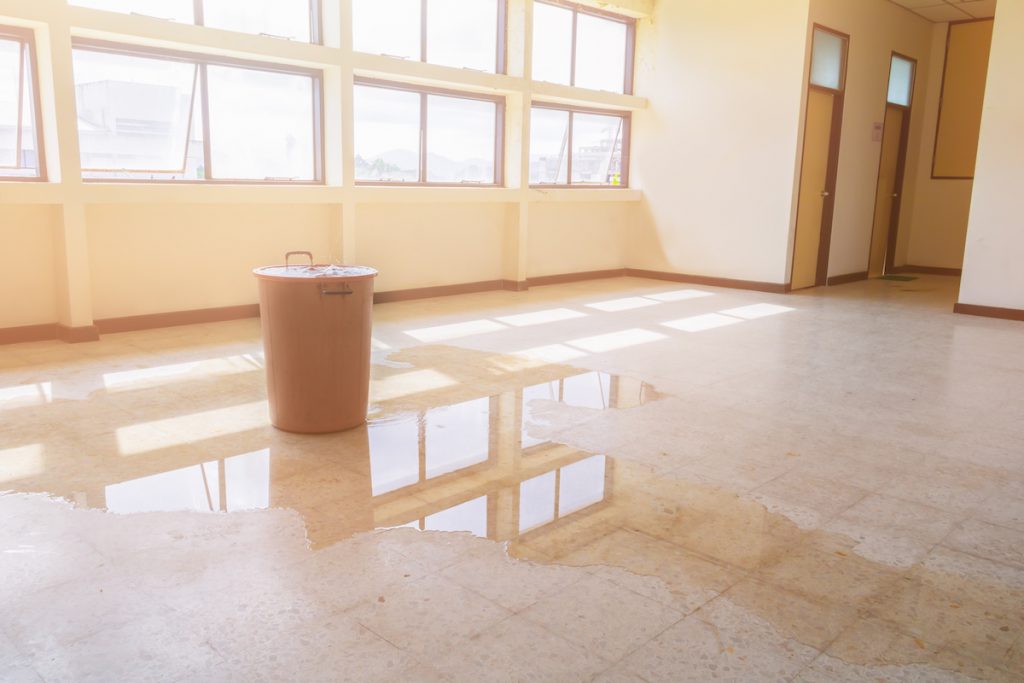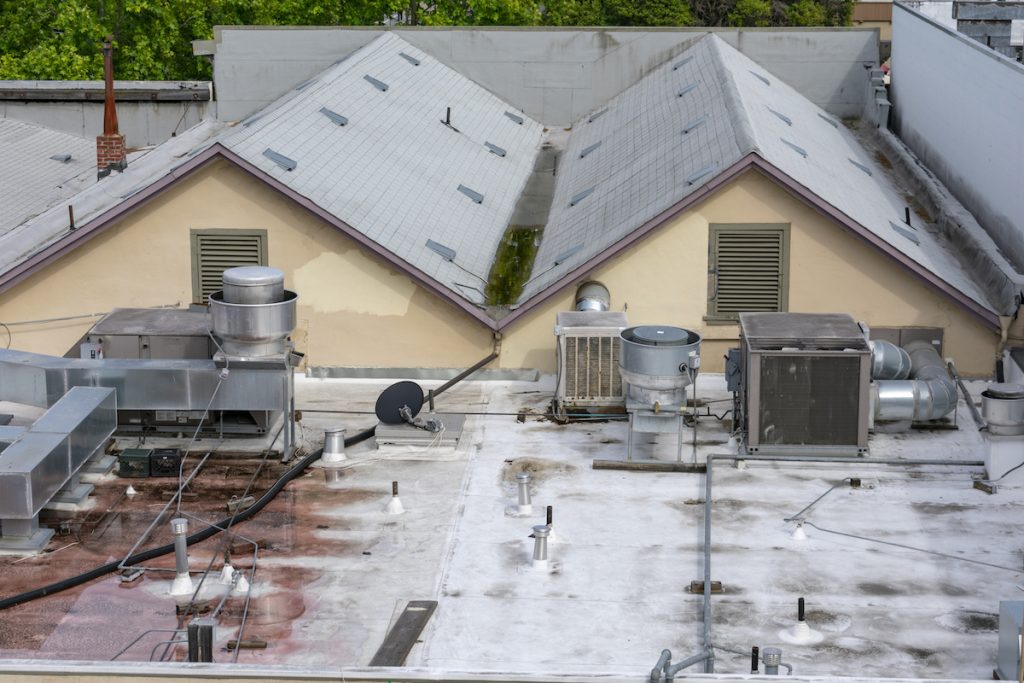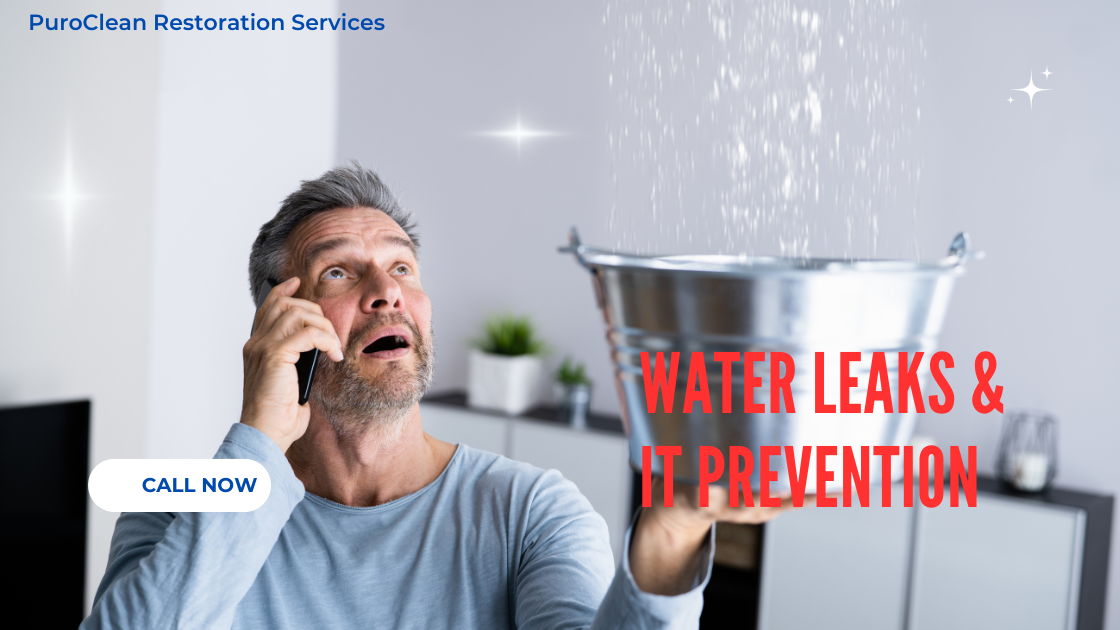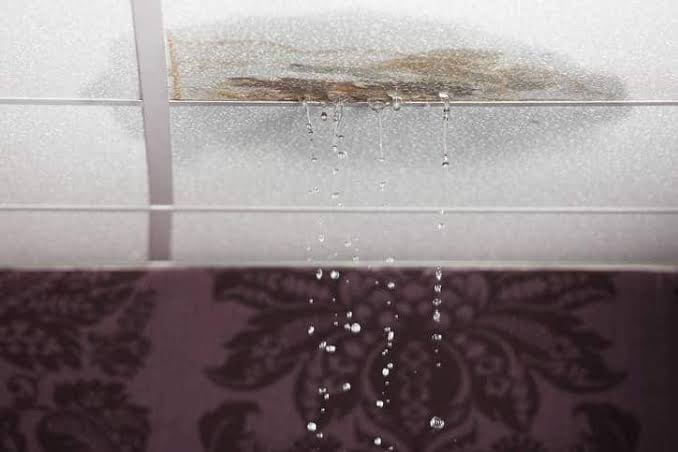Table of Contents
What Are the Causes of Office Damage and What Are the Consequences?
Property managers of office buildings are often aware that water damage can be truly consequential. After a flood, your tenants who run the offices can suffer substantial losses to equipment, furniture, records, and even a loss of income from downtime in operations. Any of these can severely impact the company’s finances by creating a time-consuming restoration or work stoppage.
As the office manager, it is imperative to understand the costs associated with restoration. Mitigation will affect a company’s finances, and the office buildings will require water extraction, cleanup, and renovation of the water-damaged building. The costs of these services can vary depending on the status and quality of the insurance that covers the property. The fees will solely be the property owner’s burden if the office is not covered under an insurance policy.
But there are far more consequences to this situation than just financial ones. Water damage in an office building can lead to poor indoor air quality and mold growth. These specific phenomena have been linked to detrimental effects on the health and well-being of employees. Studies show that employees subjected to poor air quality are two to three times more likely to develop respiratory issues.
Causes of Office Damage
Consequences: Extensive damage to the building structure, equipment, and interruption of business operations.
Water Damage:
Sources: Leaking roofs, broken pipes, malfunctioning air conditioning units, and spills.
Consequences: Can lead to structural damage, mold growth, ruined equipment, and potential health hazards.
Fire Damage:
Sources: Faulty wiring, overloaded electrical circuits, heating equipment, and arson.
Consequences: Destruction of property, safety hazards, costly repairs, and potential loss of sensitive data.
Theft and Vandalism:
Sources: Unauthorized entry, deliberate damage, or theft of office equipment and supplies.
Consequences: Loss of valuable assets, increased security costs, and disruption of operations.
Accidental Damage:
Sources: Spills, dropped items, or mishandling of office equipment.
Consequences: Can result in damaged furniture, electronics, and flooring, leading to repair costs and downtime.
Wear and Tear:
Sources: High foot traffic, frequent use of office furniture and equipment.
Consequences: Gradual deterioration of office assets, requiring regular maintenance and eventual replacement.
Poor Maintenance:
Sources: Lack of regular upkeep, deferred repairs, or insufficient cleaning.
Consequences: Accumulation of issues leading to more extensive damage and increased repair costs.
Natural Disasters:
Sources: Earthquakes, floods, hurricanes, or other severe weather events.

Tips to Prevent Costly Commercial Office Moist Damage
The most effective way to avoid costly moist damage is to invest time into preventative measures for the office building before any disaster strikes. Since water damage can come from various sources, it’s essential to have the building regularly inspected to prevent leaks and related issues.
One way to prevent office water damage is to create a system to monitor floods. No matter the location of your office building, having a flood warning system in place can be imperative to predicting floods. Causes for floods can vary from internal plumbing failures to overflowing rivers to melting snow.
Also, did you know that most property insurance policies do not include coverage for flooding? This type of coverage is sold separately through FEMA. Water damage restoration can be costly. Ensure that your insurance policy adequately covers your commercial property. Water damage insurance providers can deal with the costs if your property gets damaged by a flood in the future.
In the long run, the measures to prevent water damage are considerably less expensive than those to restore water damage after the fact. Have a professional inspect your office at least on an annual basis. The inspector should be looking for signs of leaks or other symptoms that predict water damage. They can perform leak detection in several ways, such as monitoring humidity and using spot sensors.
A final step you can take is to perform regular maintenance on the facility to ensure optimal condition. As the manager of a commercial office building, consider creating a preventative maintenance schedule to ensure the property is safe and secure. Inspect different parts of a commercial building at different intervals. Check the doors, windows, and gates for signs of wear. Furthermore, recoating the roof every five years can help prevent damage.

Contact Puroclean Restoration Services for Commercial Office Water Damage Restoration Services
The professional restoration experts at PuroClean Restoration Services help commercial property managers whenever water damage strikes. Moist damage from any leak is an issue best solved by professionals, so call your local water damage expert PuroClean Restoration Services office when your property requires these services. Follow us on Instagram.



 PuroClean Restoration Services
PuroClean Restoration Services